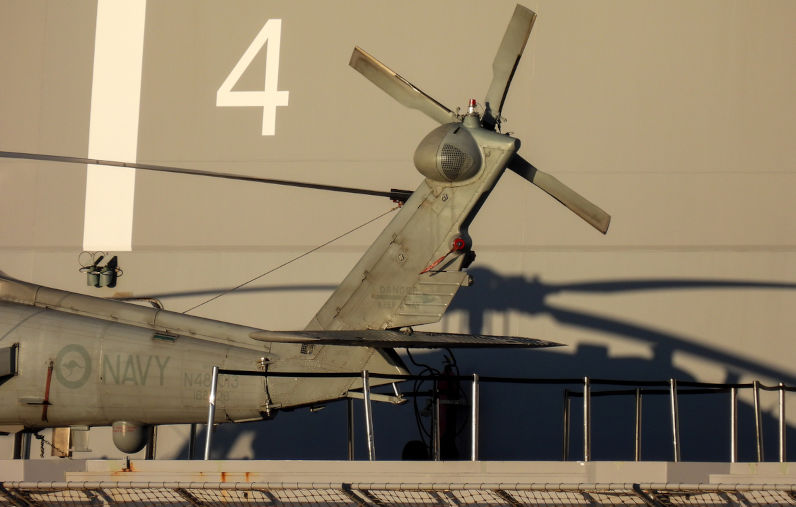Labor’s Prime Minister Anthony Albanese has a strange attraction to muddying the political waters in areas that are going well, such as its commitment to reducing greenhouse gas emissions. Serious gains are already occurring in the efficiency of battery storage of electricity from solar, wind and pumped hydro sources. Bigger gains seem likely as breakthroughs in battery components reduce the need to rely on expensive lithium-ion for storage.
Admittedly, the export market for Australia’s large deposit of lithium will decline but misplaced fears about China controlling the supply chain will also fade. Another consequence of the efficiency gains in battery storage is that Australia will not need to produce more power from natural gas by 2050 when Australia is committed to zero emissions. Yet Albanese recently backed a new policy to put more reliance on natural gas – a change several backbenchers rightly say makes no political or policy sense. However, Labor’s resources minister Madeleine King even announced more natural gas would be needed after 2050, without Albanese correcting her.
Albanese’s China policy is equally bewildering. He got relations with biggest Australia’s trading partner back on track after his predecessor Scott Morrison had called for equivalent of weapons inspectors to go into the country following the outbreak of the Covid virus. But he soon let the Defence Minister Richard Marles deploy elements of the ADF in dangerous proximity to Chinese forces far from Australia’s shores. The latest example involves the deployment of an Australian Navy MH60 Seahawk helicopter off an Air Warfare Destroyer in shallow waters in the Yellow Sea. China is in to the west and north of this sea and South Korea in the east. The helicopter was reportedly within a Chinese Exclusive Economic Zone (EEZ) about 8000 km from Australia.
The Navy says the helicopter was helping enforce UN sanctions on North Korea. But it has not explained how it does this. The helicopter’s main capability is to deploy sonars above and below the sea surface and below. Australia also operates P-8A long range maritime surveillance planes from bases in Japan which can detect the transfer of illegal cargo at sea capability. There is no suggestion the helicopter in the Yellow Sea has a comparable capability.
After a Chinese fighter plane dropped flares ahead of the helicopter, China complained that it was spying on a navy exercise. Albanese strongly condemned the use of flares. The condemnation would have carried more weight if the navy had explained how the helicopter was enforcing sanctions on North Korea.
Prudence would also suggest that an Australian helicopter, 8000 km from home, should’ve stayed well clear of Chinese forces within 200 km of their own shoreline.
Most countries accept that other countries can operate military vessels and aircraft within the boundaries of the EEZs. The late Sam Bateman, a former navy captain was a genuine expert on the law of the sea. He said some conditions apply to military behaviour within EEZ zones that don’t apply in the high seas.
At present, 20 countries purport to regulate or prohibit military activities in their EEZs. The states include Bangladesh, Brazil, Burma. Cape Verde, China, India, Indonesia, Iran, Kenya, Malaysia, Maldives, Mauritius, North Korea, Pakistan, Philippines, Portugal, Thailand, Uruguay and Vietnam. Some of theses are very important to Australia. They don’t deserve to be heavily criticised for protecting their own interests.
Albanese also suffers from being badly briefed on some crucial issues. For example, he rushed in and condemned Iran for aggression when it sent missiles and drones towards Israel. Iran was not the aggressor. It was responding to an Israeli attack on one of its diplomatic premises which killed several people in clear violation of the rules protecting diplomatic posts.
Pearls & Irritations recommends:
Brian Toohey is author of Secret: The Making of Australia’s Security State.

